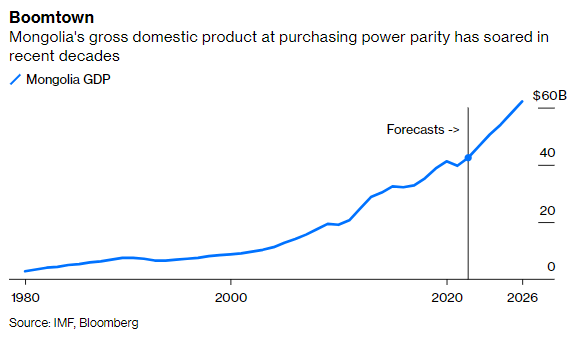
Solar panel prices are rising for the first time in years thanks to the surging cost of polysilicon.
If the solar industry doesn't deal with its Xinjiang problem, this could be just the start:
bloomberg.com/opinion/articl…
If the solar industry doesn't deal with its Xinjiang problem, this could be just the start:
bloomberg.com/opinion/articl…
Polysilicon is the key raw material for solar power. The core of a solar panel is a thin slice of polysilicon.
About 45% of the world's polysilicon comes from Xinjiang, and three of the four biggest producers have alleged links to the forced labour of Uyghur minorities.
About 45% of the world's polysilicon comes from Xinjiang, and three of the four biggest producers have alleged links to the forced labour of Uyghur minorities.

Polysilicon prices right now are at their highest levels in 2012.
This is quite a big deal. Persistent high prices (of up to $450/kg) for polysilicon during the 2000s are probably the main reason no one expected solar power to get cheap back then.
This is quite a big deal. Persistent high prices (of up to $450/kg) for polysilicon during the 2000s are probably the main reason no one expected solar power to get cheap back then.

Prices now are *far lower* and the current price rises won't be sufficient to derail solar's cost benefits. It's already *so cheap* that even a quarter-on-quarter major price rise barely moves the needle. 

In fact when you look at the huge amount of capacity being built in the next few years, it's likely we'll see a *glut* of polysilicon in 2023 and plummeting prices again. 

The wild card is Xinjiang. About a third of that new supply is in Xinjiang and, despite the rather milquetoast statement from the @G7 overnight, pressure is rightly growing to remove Chinese forced labour from the solar supply chain.
https://twitter.com/rbsw/status/1404070284781572103?s=19
In the U.S. the customs service is being tasked with acting on this, and there's a separate bill working its way through Congress to ban import of products linked to Xinjiang rights abuses.
One easy solution to this would be to create two separate supply chains: One certified forced labour-free for the export market, another one for China's domestic market, which already comprises about half of global solar installs.
The problem I can see with this is that it depends on a lot of Chinese companies agreeing to certify their forced-labour free status. This pretty much requires them admitting that forced labour *exists*, which risks getting them into a lot of political hot water.
On top of that, I would place the odds of the Chinese authorities allowing truly independent audits of the supply chain extremely low. But without a credible audit, solar developers may struggle to certify their products as forced labour-free.
If that situation plays out, it will be orders of magnitude worse than what we're seeing. It's essentially impossible at this point to remove Xinjiang from the solar supply chain except at vast cost and years-long disruption that could badly throw off climate targets.
So we're dependent on a Chinese government, which won't admit what it's doing in Xinjiang and is deeply hostile to foreign criticism, agreeing to set up a framework to allow foreigners with no easy alternative to buy products in a way that undermines its Xinjiang policy goals.
I don't think it's totally impossible that happens.
There are more export dollars to be earned, plus diplomatic benefits, if Beijing bends on this issue rather than putting its ability to crush dissent in Xinjiang above all other considerations.
bloomberg.com/news/features/…
There are more export dollars to be earned, plus diplomatic benefits, if Beijing bends on this issue rather than putting its ability to crush dissent in Xinjiang above all other considerations.
bloomberg.com/news/features/…
But that's a fairly faint hope. Consider what's happened to Hong Kong in recent years. Domestic politics always trumps economic and diplomatic considerations.
Do read this great report from @danmurtaugh @colim_m @JDMayger @brianreports on the subject. (ends)
bloomberg.com/graphics/2021-…
bloomberg.com/graphics/2021-…
• • •
Missing some Tweet in this thread? You can try to
force a refresh









